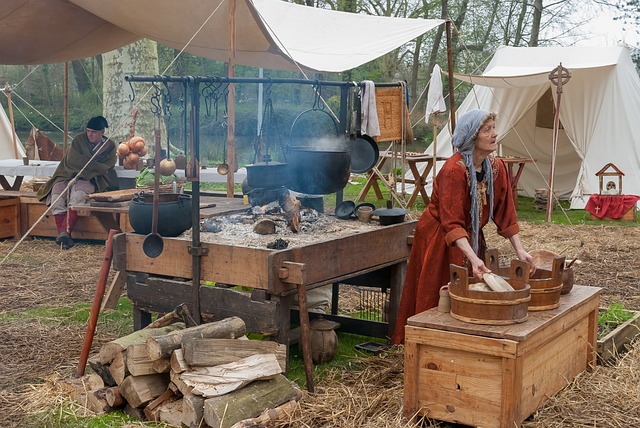The 5 Stages in the Evolution of Networking
Networking, understood as the process of establishing and cultivating professional relationships, has deep roots that go back to ancient times.
1.Ancient Origins
Exchange and trade in early societies created the first forms of networking. Merchants established relationships to exchange goods and knowledge through trade routes.

2.Middle Ages and Renaissance
In the Middle Ages, guilds of craftsmen and merchants provided a formal structure for networking, facilitating learning and mutual support.
During the Renaissance, merchant families like the Medicis used their networks to expand businesses and exert political influence, demonstrating the power of connections.

3.Industrial Revolution
Industrialization led to the creation of trade fairs, industrial associations, and business clubs, expanding networking opportunities and their professionalization.

4.20th Century
In the Information Age, technology, the telephone, and email further professionalized networking. International networks became essential for global collaboration.

5.Digital Era Social Networks
The Internet and platforms like LinkedIn have democratized networking, enabling instant global connections. Virtual events and webinars have become common, especially after the COVID-19 pandemic.
After this journey and in the current hyper-connectivity, building trust among people, combined with values such as honesty and collaboration, remain the key elements for high-quality networking, both online and in-person.

At Biopolis World, we add value by offering in-person innovation in a digital world and a gamified environment where the quality of professional relationships increases significantly. We call it Net-Play-Working by Biopolis. If you are interested in participating in one of our meetings, get in touch with us.



